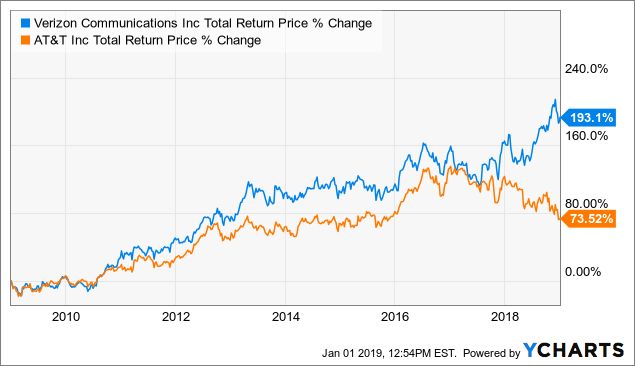

Related ReadingsĬFI is the official provider of the Financial Modeling and Valuation Analyst (FMVA)™ certification program, designed to transform anyone into a world-class financial analyst.By Bob Ciura, David Morris, & Ben Reynolds The record date usually falls on a Friday while the ex-dividend date falls on a Thursday, with the exception of special dividends, and international dividend issuers with a secondary listing on the London Stock Exchange. Shares listed on the London Stock Exchange follow an ex-dividend date that falls one business day before the dividend record date. The exception to this ex-dividend timing formula is when large distributions like stock splits or special dividends are involved. Business days are defined as working days with the exception of weekends and major public holidays when U.S. The period was reduced in September 2017 to one business day (T+1) before the record date. Securities and Exchange Commission previously used the T+2 rule for the ex-dividend date, meaning it was set two days before the dividend record date. Dividend declaration date: April 10, 2018.The announcement includes the following important dates:

This means the ex-dividend date, one business day before the record date, will be Friday, April 27, 2018. The date of record for shareholders captured on the company’s books is Monday, April 30, 2018. The company announced the dividend payment date to be June 10, 2018. On April 10, 2018, Company XYZ announced dividend payouts to its shareholders. Instead, the previous owner of the shares will receive the payment. They will therefore not be entitled to receive dividends. In the event that the buyer purchases the shares after that date, the buy information will not be submitted to the transfer agent before the record date.The company will count the buyer as one of the existing shareholders. This is because the buy information is submitted to the transfer agent before the record date. If a buyer purchases company shares before the ex-dividend date, the buyer is entitled to receive the dividend payments.The following timelines determine who gets the dividends: The ex-dividend date is an important date that determines who between the seller and buyer of shares receives the dividend payouts from the issuing company. Timelines Related to the Ex-Dividend Date The cash reflects in the shareholder’s brokerage or checking account or when the check is received via registered mail. The dividend payment date is the date when the dividends are paid out to the shareholders. The time difference between the dividend record date and ex-dividend date allows the necessary time to prepare paperwork and electronic records. Securities and Exchange Commission sets the ex-dividend date to one day before the record date, so that buy and sell information is captured before the record date. Shareholders who do not buy shares before the dividend record date do not participate in the company’s dividend distribution. The record date is the date on which the company distributing dividends records the names of all investors holding shares. New shareholders who buy shares at this time will get a share of the dividends. On the dividend declaration date, the directors also set the record date and ex-dividend date. Most often, the company will issue a press release and/or publish the announcement on the company’s website.

The dividend declaration date is the date when the board of directors announces that they will pay a dividend to shareholders. When the board of directors announces dividend payouts, there are several important dates that come into play: #1 Dividend declaration date The ex-dividend date is determined based on a stock exchange’s rules and is usually set one or two days before the record date. Only shareholders recorded on the company’s books as of that date are entitled to receive the dividends. When a company announces a dividend, the board of directors set a record date. The ex-dividend date is an investment term that determines which stockholders are eligible to receive declared dividends.


 0 kommentar(er)
0 kommentar(er)
